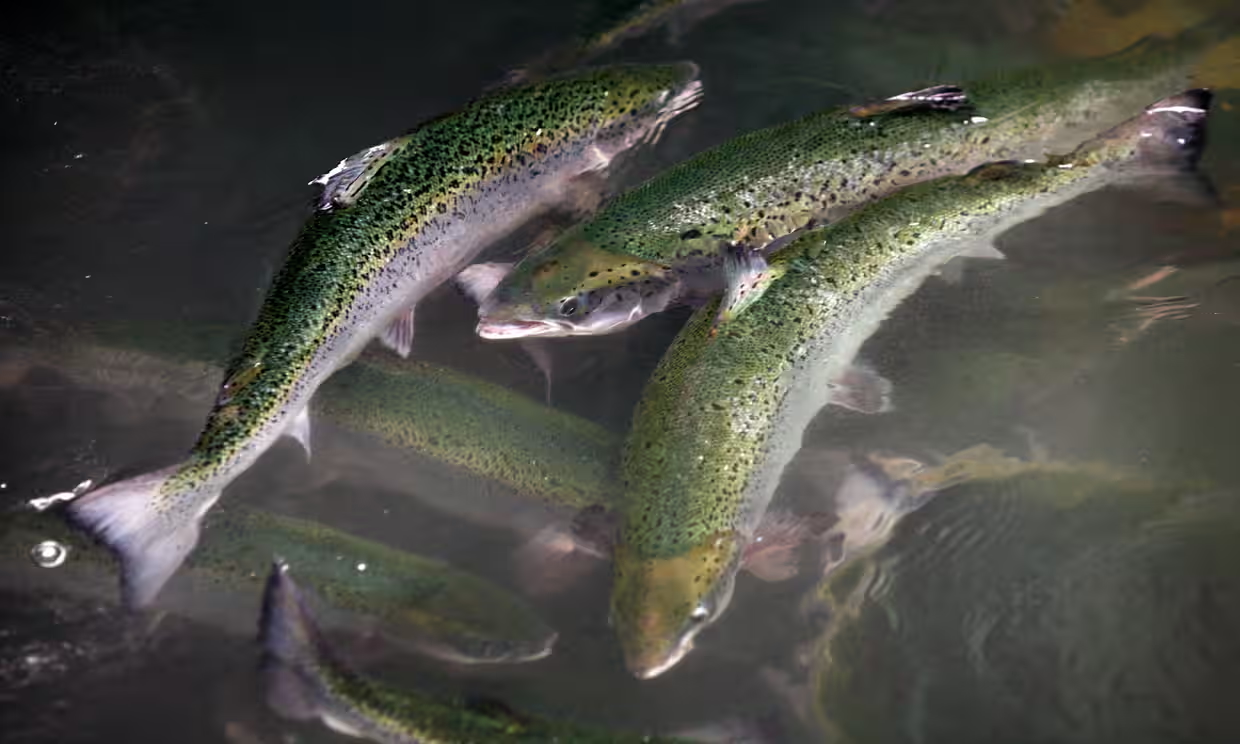
https://www.rollingstone.com/wp-content/uploads/2024/07/trump-backs-out-harris-debate.jpg?w=1581&h=1054&crop=1
In a dramatic incident that unfolded at a golf club in West Palm Beach, Florida, former President Donald Trump narrowly escaped what authorities are describing as an apparent assassination attempt. The U.S. Secret Service, ever vigilant, responded swiftly when a man with an AK-style rifle was seen pointing his weapon towards Trump’s location. Fortunately, Trump was unharmed, and the suspect is now in custody. This event has thrown a spotlight on the troubling history of assassination attempts against U.S. Presidents.
A Perilous Precedent:
The shocking event at Trump’s golf club is not an isolated incident but part of a somber tradition in American history. Since the founding of the nation, there have been multiple attempts on the lives of its leaders, each one reflecting the intense political and social tensions of its time.
The Grim History of Presidential Assassinations:
- William Henry Harrison (1841):Harrison, the ninth President of the United States, was not assassinated, but he holds a place in history due to the mysterious circumstances surrounding his death. Harrison succumbed to what was believed to be pneumonia or typhoid fever, days after his inauguration. The controversy surrounding his illness led to speculations, including theories of poisoning or assassination, though these theories lack substantial evidence.
- Abraham Lincoln (1865):Perhaps the most infamous assassination in U.S. history was the shooting of President Abraham Lincoln by John Wilkes Booth at Ford’s Theatre in Washington, D.C. Booth, a Confederate sympathizer, believed he was avenging the South. Lincoln’s assassination had profound effects on the nation, exacerbating the post-Civil War turmoil.
- William McKinley (1901):President McKinley was assassinated by Leon Czolgosz, an anarchist, during a public event in Buffalo, New York. The attack was carried out with a revolver concealed in a handkerchief, and McKinley succumbed to his wounds a week later. This assassination led to increased security measures for Presidents.
- Theodore Roosevelt (1912):Former President Theodore Roosevelt, campaigning for re-election as a Progressive Party candidate, was shot in the chest by a would-be assassin, John Schrank, in Milwaukee. Remarkably, Roosevelt continued his speech before seeking medical attention. Schrank was apprehended, and Roosevelt survived the attack.
- Franklin D. Roosevelt (1933):Before taking office, FDR was the target of an assassination attempt by Giuseppe Zangara, who aimed at the then-New York Mayor Fiorello LaGuardia but missed. The shooting was foiled, but the attempt underscored the political tensions of the era.
- John F. Kennedy (1963):The assassination of President Kennedy in Dallas, Texas, by Lee Harvey Oswald is one of the most tragic and widely discussed events in U.S. history. The circumstances surrounding Kennedy’s death remain a topic of debate and investigation.
- Ronald Reagan (1981): President Reagan was shot by John Hinckley Jr. outside a Washington, D.C., hotel. Hinckley, who was obsessed with actress Jodie Foster, aimed to impress her by killing the President. Reagan survived after emergency surgery, but the incident led to increased security protocols for Presidents.
The Trump Incident: A Modern Reflection:
The recent incident involving Donald Trump highlights the ongoing risks faced by public figures. Despite advances in security and technology, the threat to Presidents and presidential candidates remains significant. The use of an AK-style rifle and the need for Secret Service intervention emphasize the dangerous reality of modern political environments.
Society’s Role: Staying Alert and Safe:
- Enhanced Security Measures: Security for public figures should continue to evolve with emerging threats. Investing in advanced technology and rigorous training for security personnel is crucial.
- Community Vigilance: Citizens play a role in maintaining safety by reporting suspicious behavior. Community awareness and involvement can help prevent potential threats.
- Political Discourse: Promoting respectful and constructive political dialogue can reduce the vitriol that sometimes fuels violence. Encouraging open and civil discourse helps create a safer environment for all.
- Mental Health Support: Addressing mental health issues is vital. Providing adequate support and intervention for individuals showing signs of severe distress can help prevent violent actions.
- Education and Awareness: Educating the public about the importance of security and the impact of violent actions can foster a more informed and cautious society.
Conclusion:
The attempted assassination of Donald Trump is a stark reminder of the historical and ongoing threats faced by U.S. Presidents. As society grapples with these challenges, the lessons from the past underscore the importance of vigilance, improved security, and community engagement. By learning from history and adapting to modern threats, we can strive to protect our leaders and ensure the safety of democratic institutions.



